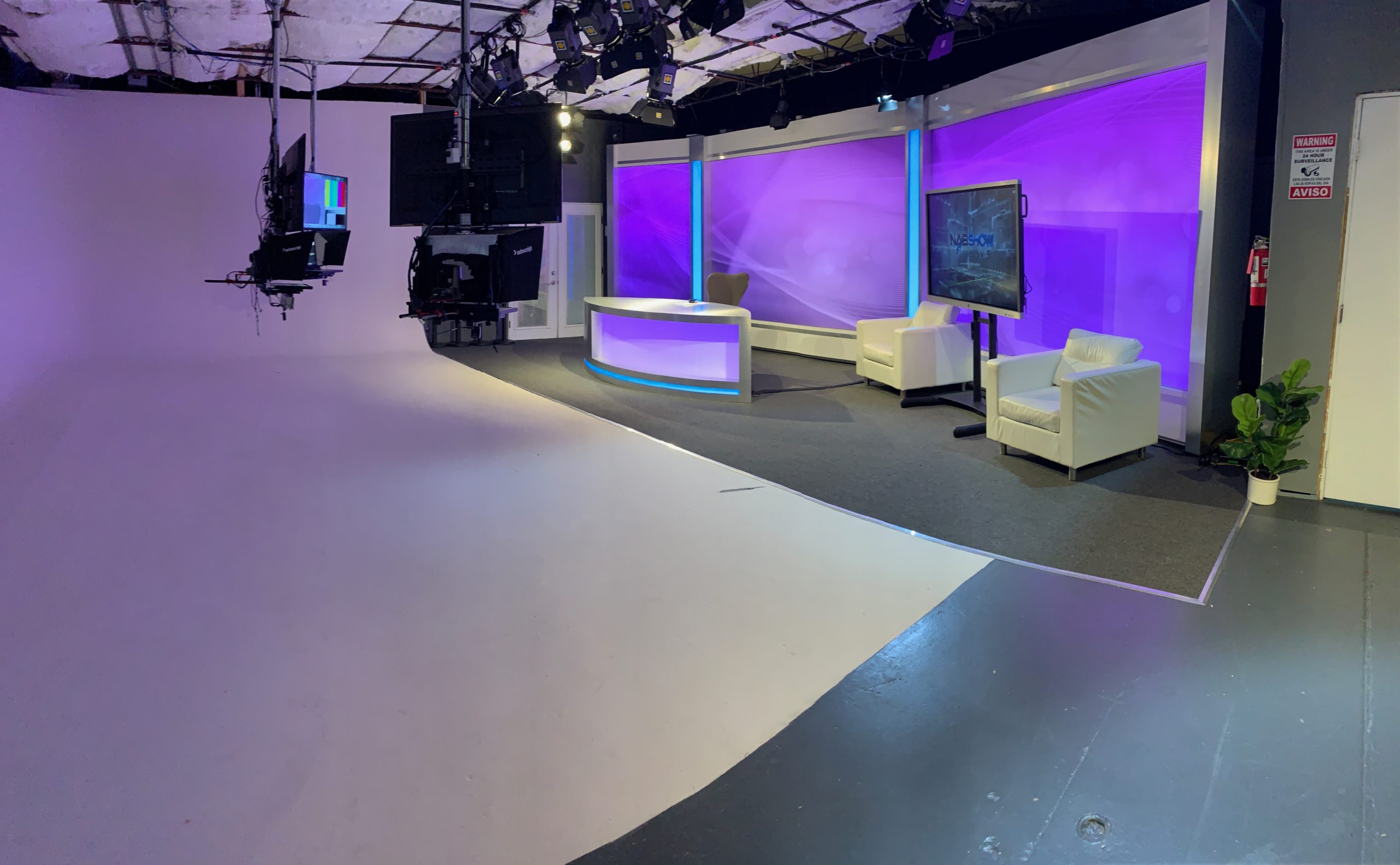PTZOptics IP-Based Broadcast Video Production Using Robotic Cameras
By Adam Noyes
A PTZOptics camera is a great way to step up your IP production, with smooth camera motions and flexibility, they are a sure fire way to increase your quality and efficiency within your production. Recently, avixa.org posted a great article detailing how PTZOptics cameras can be used in an IP-Based Broadcast.
Take a look at some highlights from that article, below.
In their own words, PTZOptics’ Director of Marketing Paul Richards and Director of Channel Development William Golde describe how Miami-based Broadcast Beat television studio is using their robotic PTZ cameras in IP-based broadcast video production.
Paul Richards: In 2020, Broadcast Beat, a well-known live-streaming and production company in Miami, Florida, wanted to update their studios. They wanted to get rid of a lot of things that were holding them back from a production standpoint, and they wanted to incorporate pan-tilt-zoom cameras. Up to that point, they had been using large over-the-shoulder cameras, each of which required a tripod, took up a lot of space, and needed a dedicated camera operator. We had worked with the owner, Paul Salazar, on providing segments for the NAB show in Las Vegas, where they first started using PTZ cameras to host the NAB show live. It was such a great experience, they inquired about using them at their studio in Miami. The idea was to have PTZ cameras inside each Autoscript teleprompter to provide greater automation.
In this setup, everything can be operated from the control room, using a NewTek TriCaster video production switcher. The talent in the studio reads the words on the teleprompter and above it, they see a screen that lets them see what’s going live. It’s a cool-looking television studio; you literally just see three teleprompters. In the control room, the teleprompter controller also has control of the PTZ cameras, and these have the ability to remotely zoom in and out, pan, and tilt, with five to 10 different camera presets for different shots. With three cameras with 10 presets each, that gives about 30 different angles to choose from, which is a great production value. Because high-quality production is the business Broadcast Beat is in, this is a way for them to upgrade their video production capabilities and do more with fewer people, thus lowering their overhead costs.
The Goal
PR: Reducing operating costs and increasing production quality and profitability were the main goals. That could be achieved by not needing camera operators. You can use a joystick, which we sell, but it’s even better if the controls are built into the production switch they’re using. The production director is already employed and calling the shots; their job is to decide which camera shot goes where, so they need to be in control of the shots. Controlling the cameras directly from the production switch revolutionizes control of the cameras and allows the producer to do two jobs at once and to do their job better: you just click the image and the camera just goes there. For this kind of application, that experience is better than a hardware joystick. Broadcast Beat is a small studio; you have 30 shots and the production director just switches between shots. There are other companies that are doing this, but our cameras are a lot less expensive. For Broadcast Beat to say ours is good enough quality for television and we can get three of them for the price of one of many of the others on the market, was part of achieving the goal.

